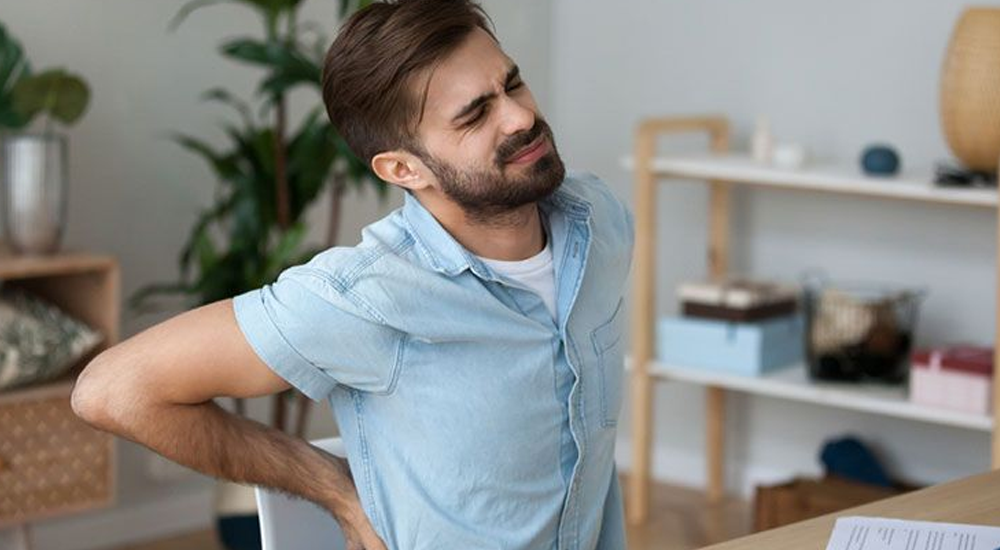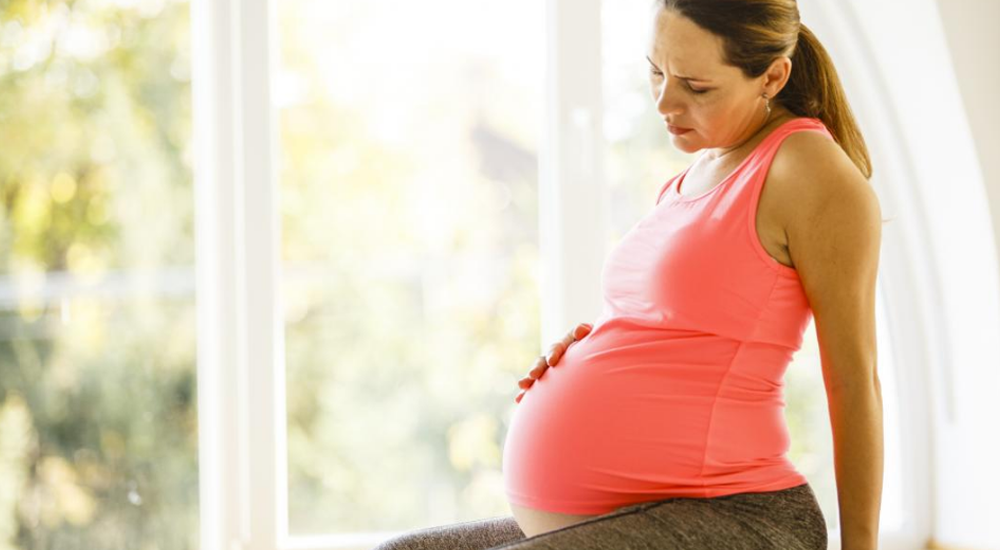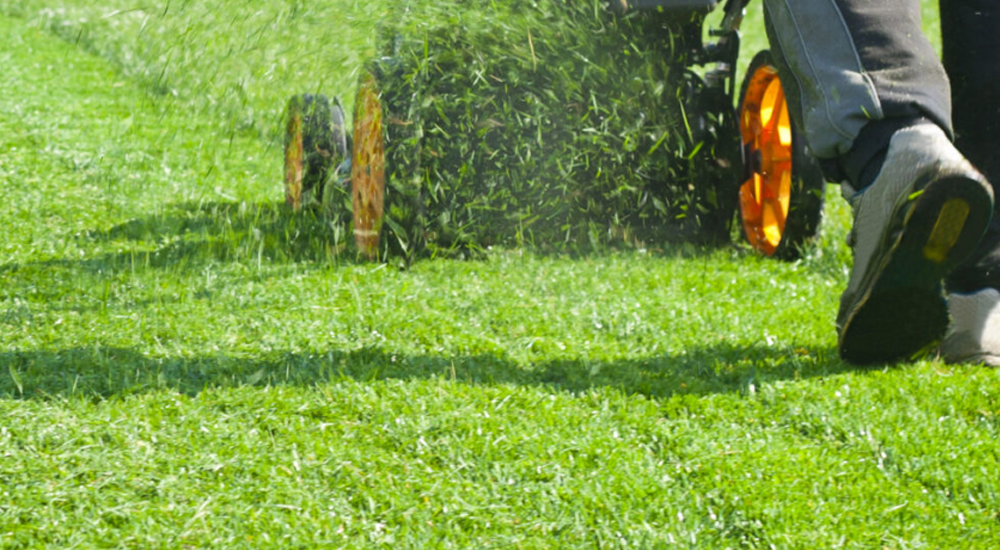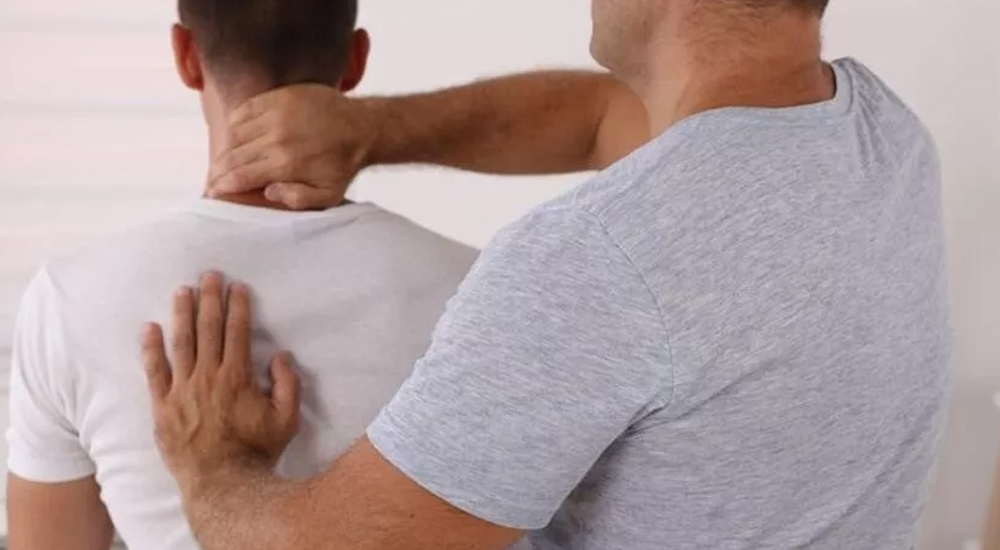Do You Have a Herniated Disc?
A herniated disc, also called a “slipped” disc, could be the source of that nagging pain in your lower back or legs. Fortunately, your chiropractor offers several treatments that can help ease your pain.
How Do Herniated Discs Cause Pain?
Rubbery, round discs cushion the spaces between the vertebrae in your spine and serve as shock absorbers when you jump, bend, twist, walk, and run. Each disc is composed of a soft, jelly-like core covered by a tougher outer layer. A herniation occurs when the softcore protrudes through a tear in the outer layer of the disc.
If the herniation is minor, you may not notice any symptoms. Larger herniations press against the nerves in your spinal column, triggering pain and other symptoms.
Although an injury or fall can cause a herniated disc, the condition is often related to wear and tear that happens as you age. Discs naturally degenerate over time and become stiffer, flatter, and more prone to tearing. One day, you may bend to pick up your dropped keys and feel an unexpected pain in your back.
In addition to age, gender can be a factor in the condition. Men between the ages of 20 and 50 are more likely to develop herniated discs, according to the American Academy of Orthopaedic Surgery.
Other risk factors include:
- Not Getting Enough Exercise
- Using Your Back Muscles to Lift Instead of Your Leg Muscles
- Smoking
- Participating in Physically Demanding Work or Hobbies
- Being Overweight or Obese
- Driving for Hours at a Time on a Regular Basis
What Symptoms Will I Experience if I Have a Herniated Disc?
Symptoms vary depending on the location of the herniated disc. If the problem disc is in your neck, you might notice neck pain that radiates to your shoulder, arm, and hand, along with numbness, tingling, and weakness.
The lower back is a common site for herniated discs. If the inner core of the disc presses on the nerves that travel to your legs, you may experience numbness, tingling, weakness, and pain in your back, legs, or feet. Your symptoms might be worse at night or may worsen if you’ve been sitting or standing for a while.
In severe cases, herniated discs can affect your ability to control your bowels and bladder or make walking difficult.
What Can Be Done to Ease Herniated Disc Symptoms?
Rest and heat or ice packs can decrease pain and inflammation. Although resting as much as possible may seem like a good idea, it’s best to start moving after a day or two. Too much rest can lead to muscle spasms and stiff joints.
If your pain continues despite home care measures, your chiropractor can offer treatments that may be helpful including:
- Massage: Massage loosens tight muscles and joints, improves blood flow, and triggers the release of endorphins that act as natural pain killers.
- Spinal Manipulation: Gentle, hands-on manipulation improves the alignment of your spine and can decrease pressure on your nerves. In a study published in the Journal of Manipulative and Physiological Therapeutics, researchers studied whether spinal manipulation was as effective as surgery in treating sciatica caused by herniated discs. They discovered that 60 percent of patients received just as much benefit from spinal manipulation without the invasiveness of surgery.
- Flexion-Distraction: This therapy takes place on a special therapy table that stretches your spine. Flexion-distraction is used to reposition the disc and increase its height.
- Ultrasound Therapy: Applying ultrasound waves relaxes the muscles in your back, reduces pain, and promotes healing.
- Electric Muscle Stimulation (EMS): EMS uses a low-frequency electrical current to warm and relax tight muscles, improve blood flow, spur the production of endorphins, and speed healing.
Are you struggling with back pain? We can help you relieve your pain naturally. Contact us to schedule an appointment.
Sources:
Harvard Health Publishing: Don’t Take Back Pain Sitting Down, 3/20













